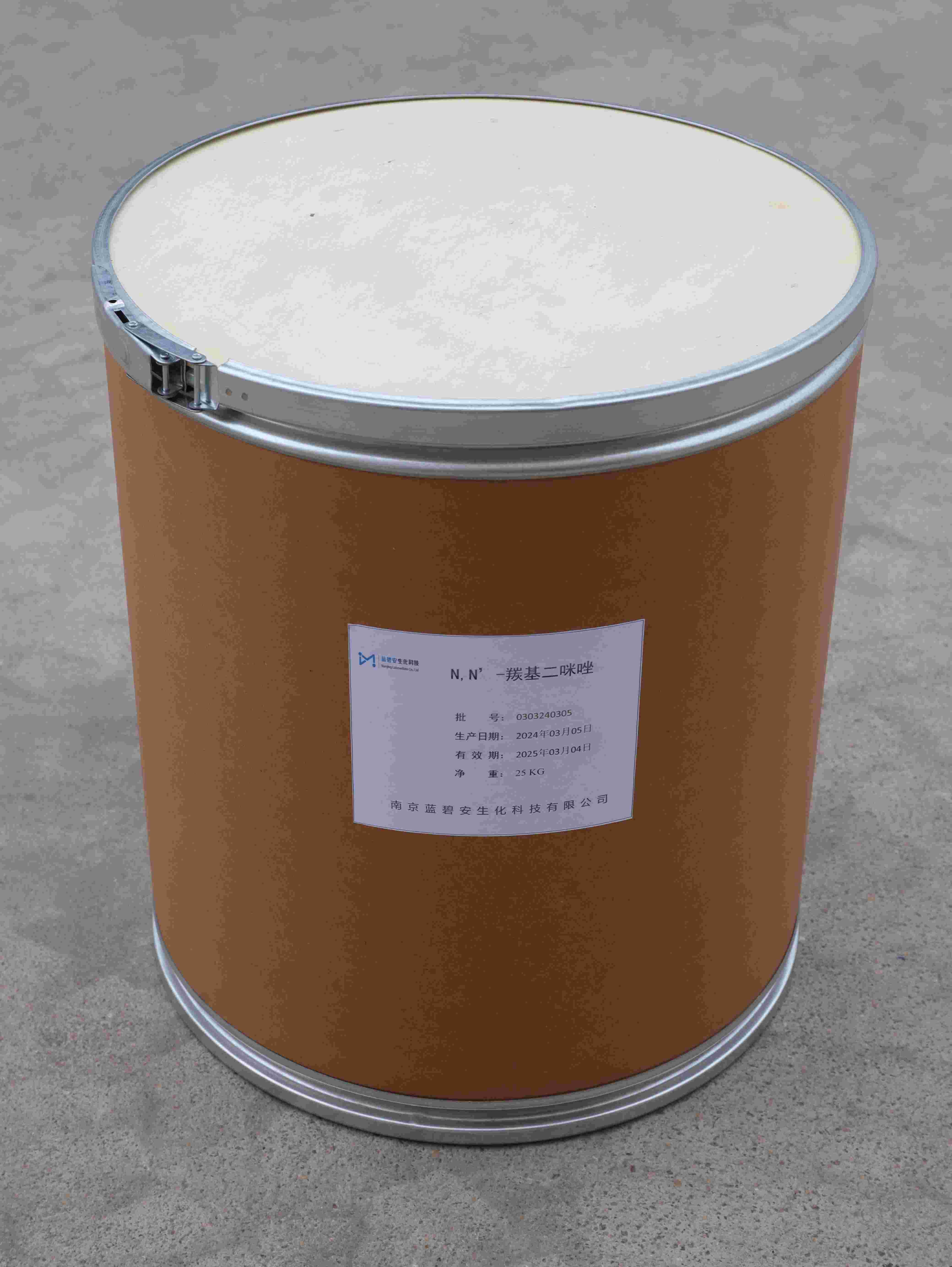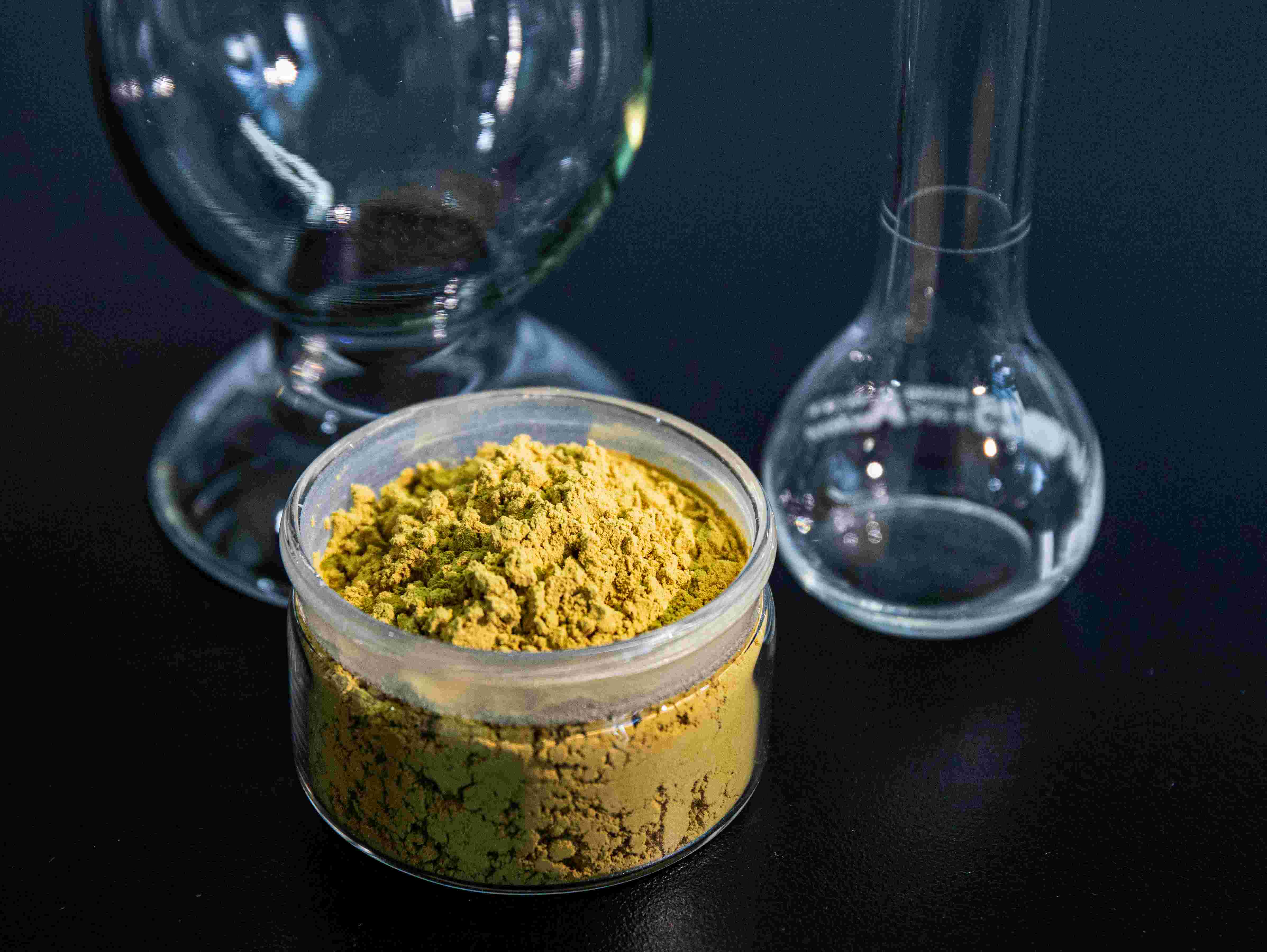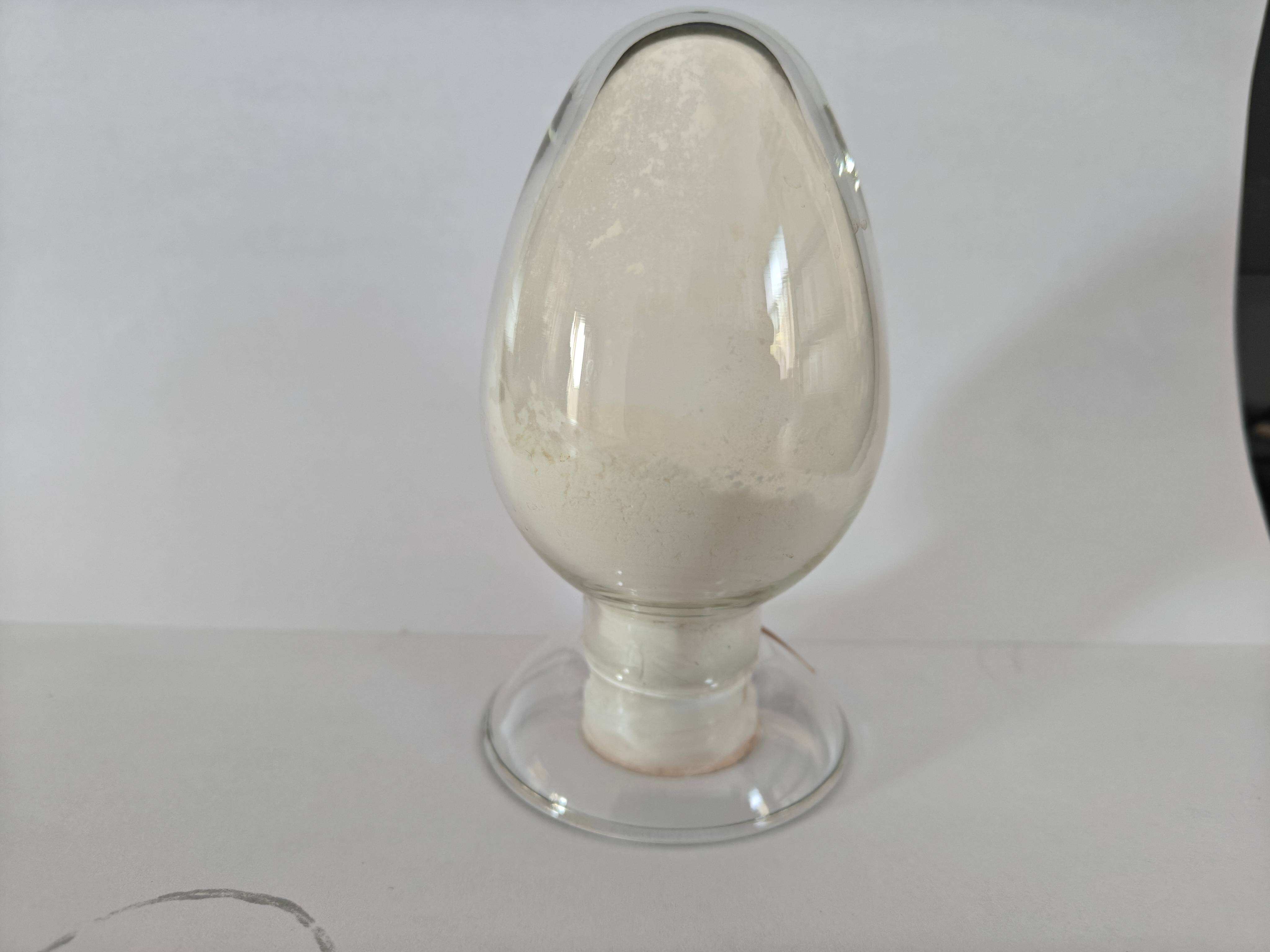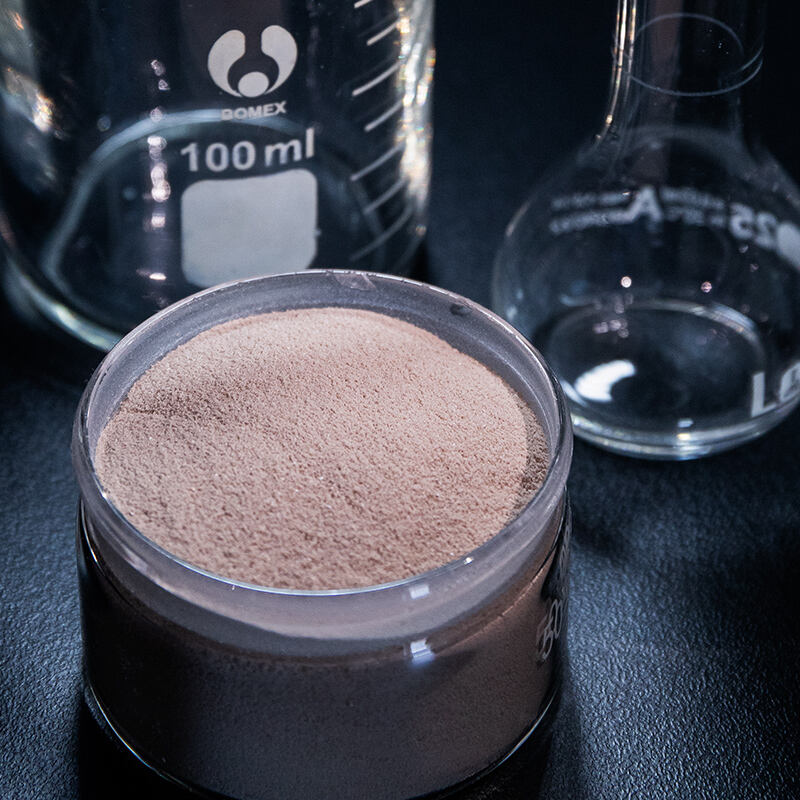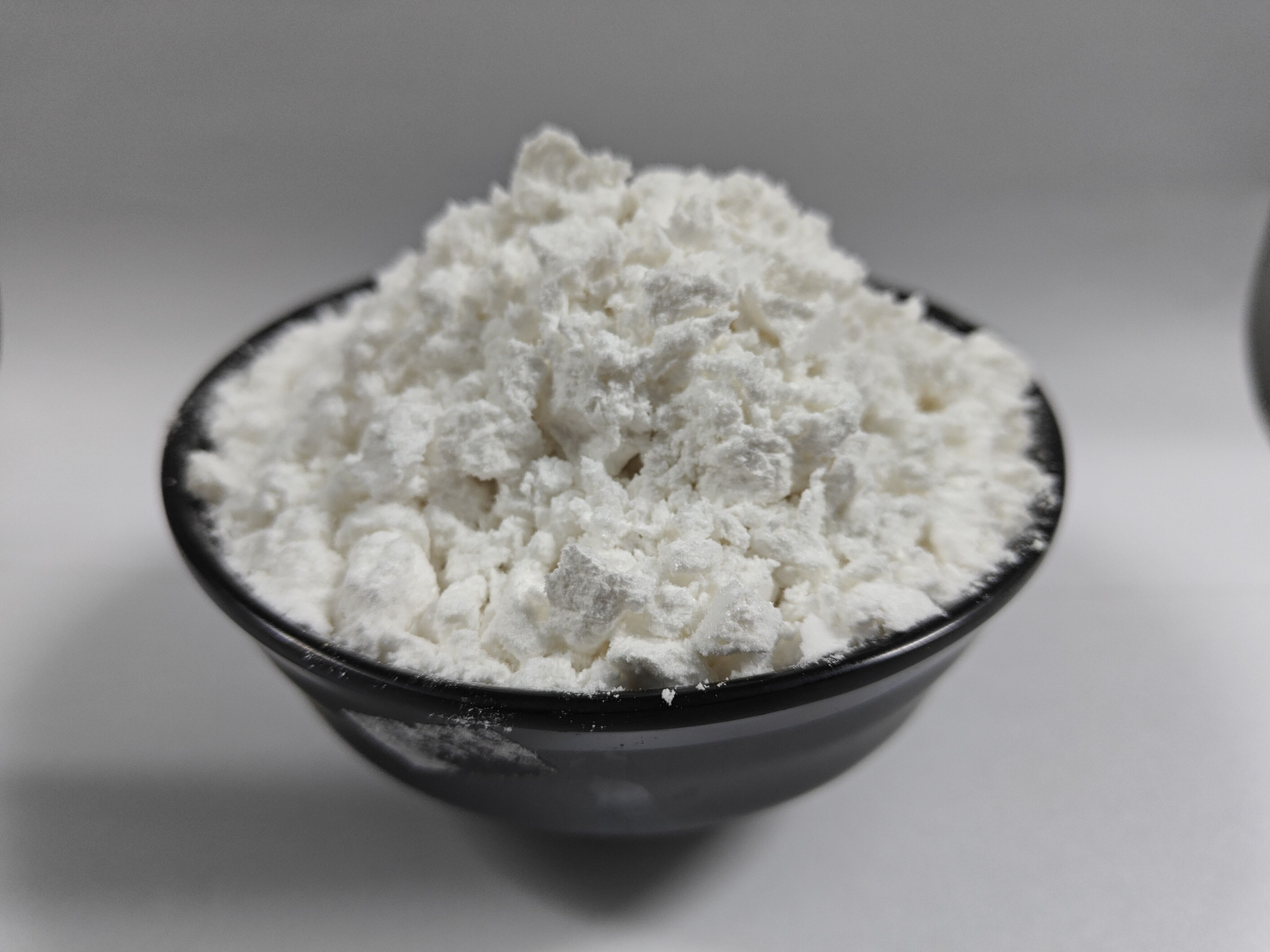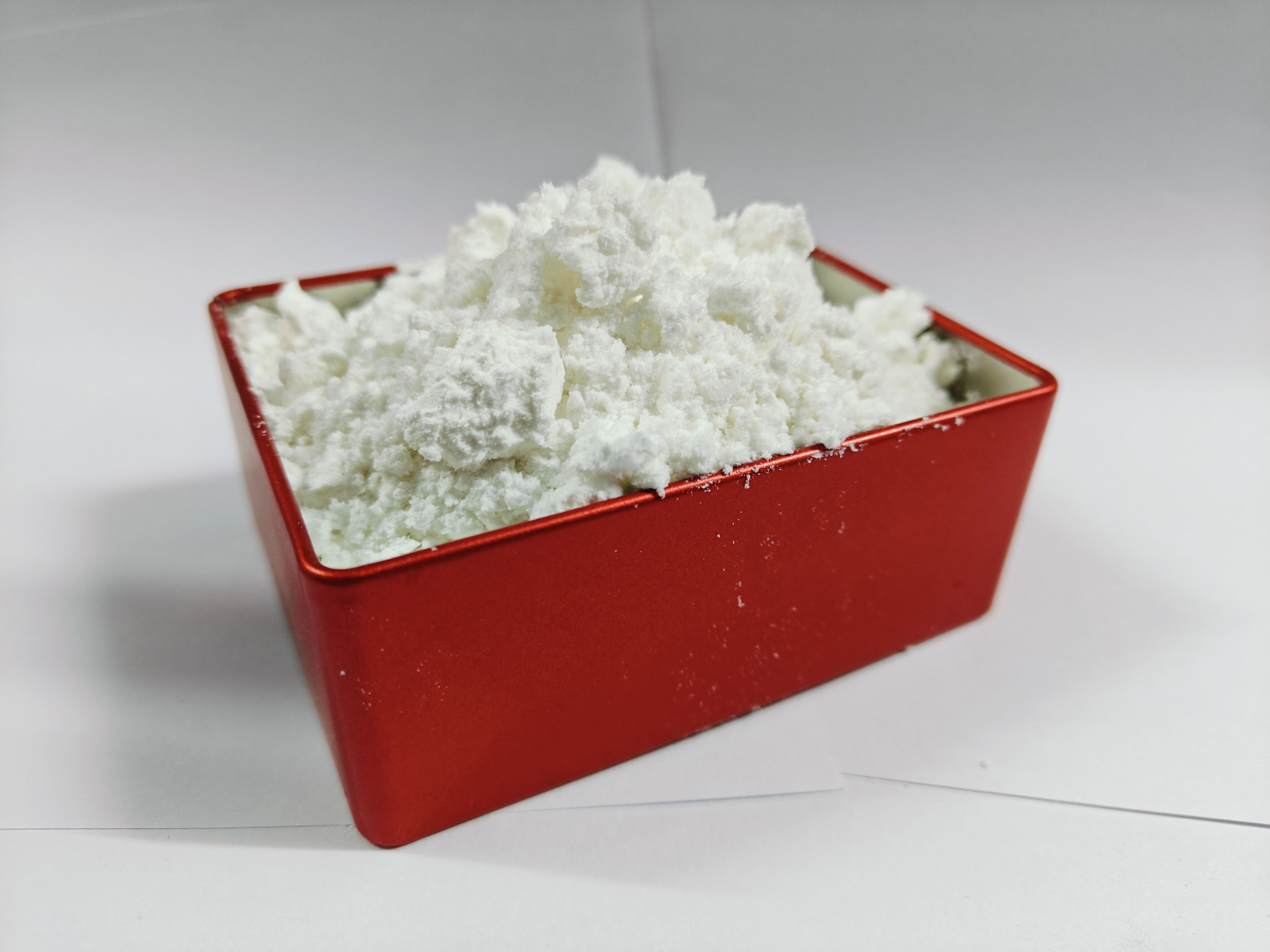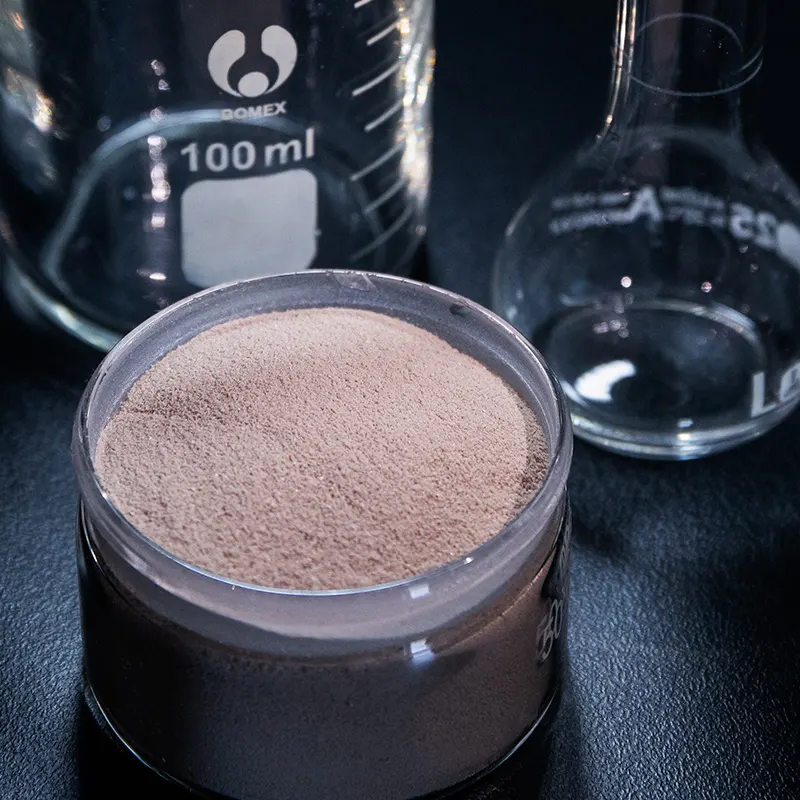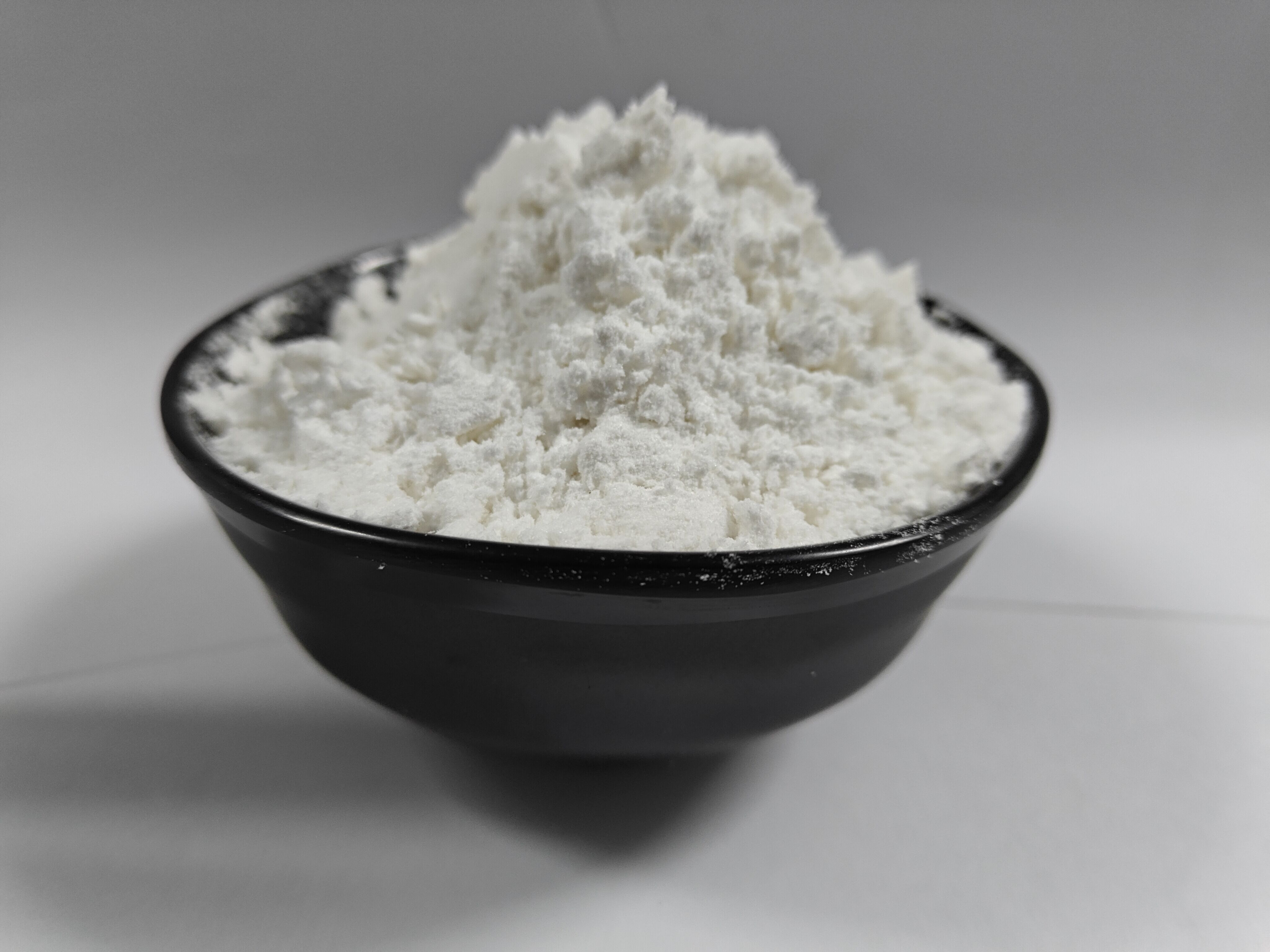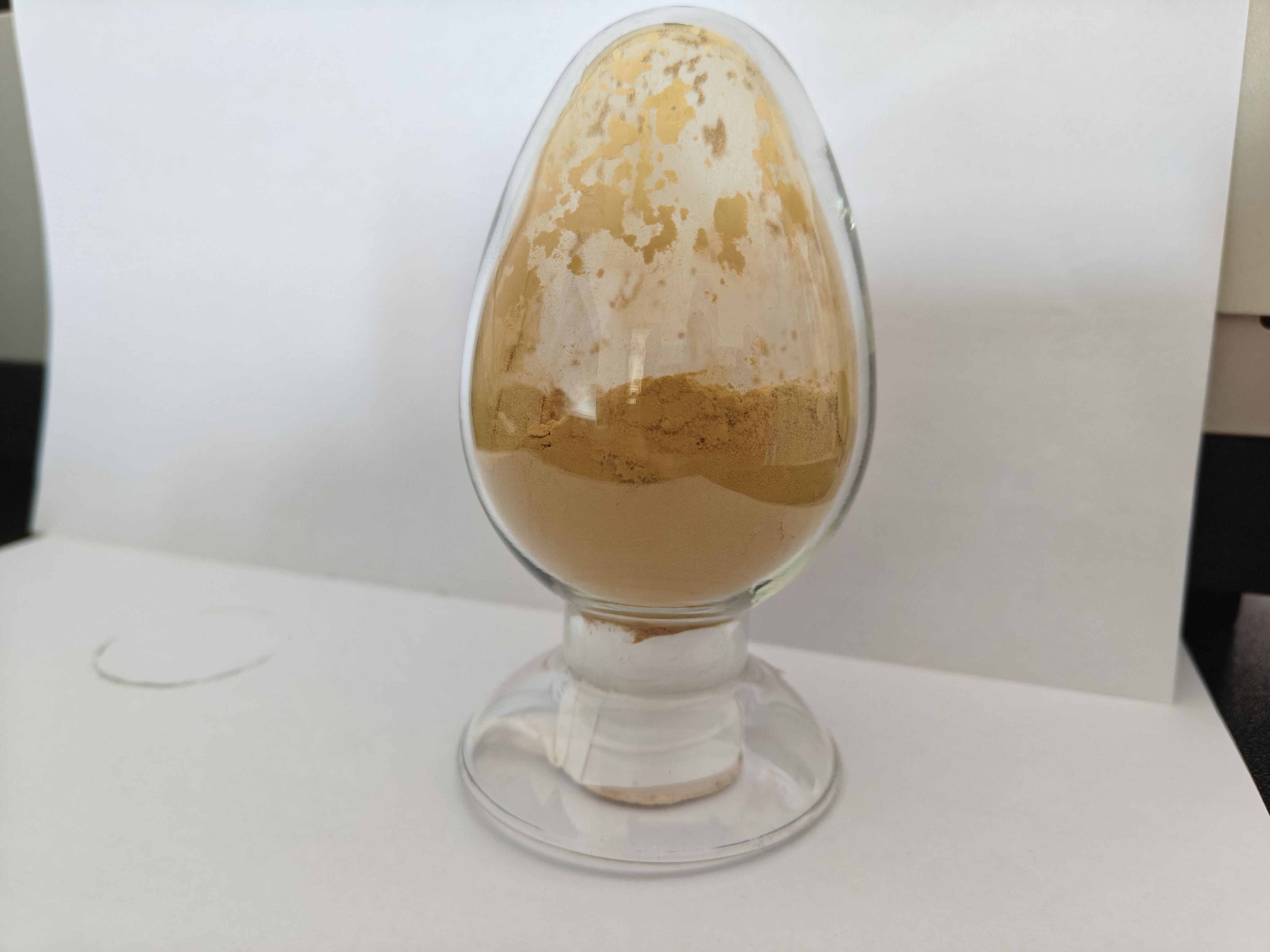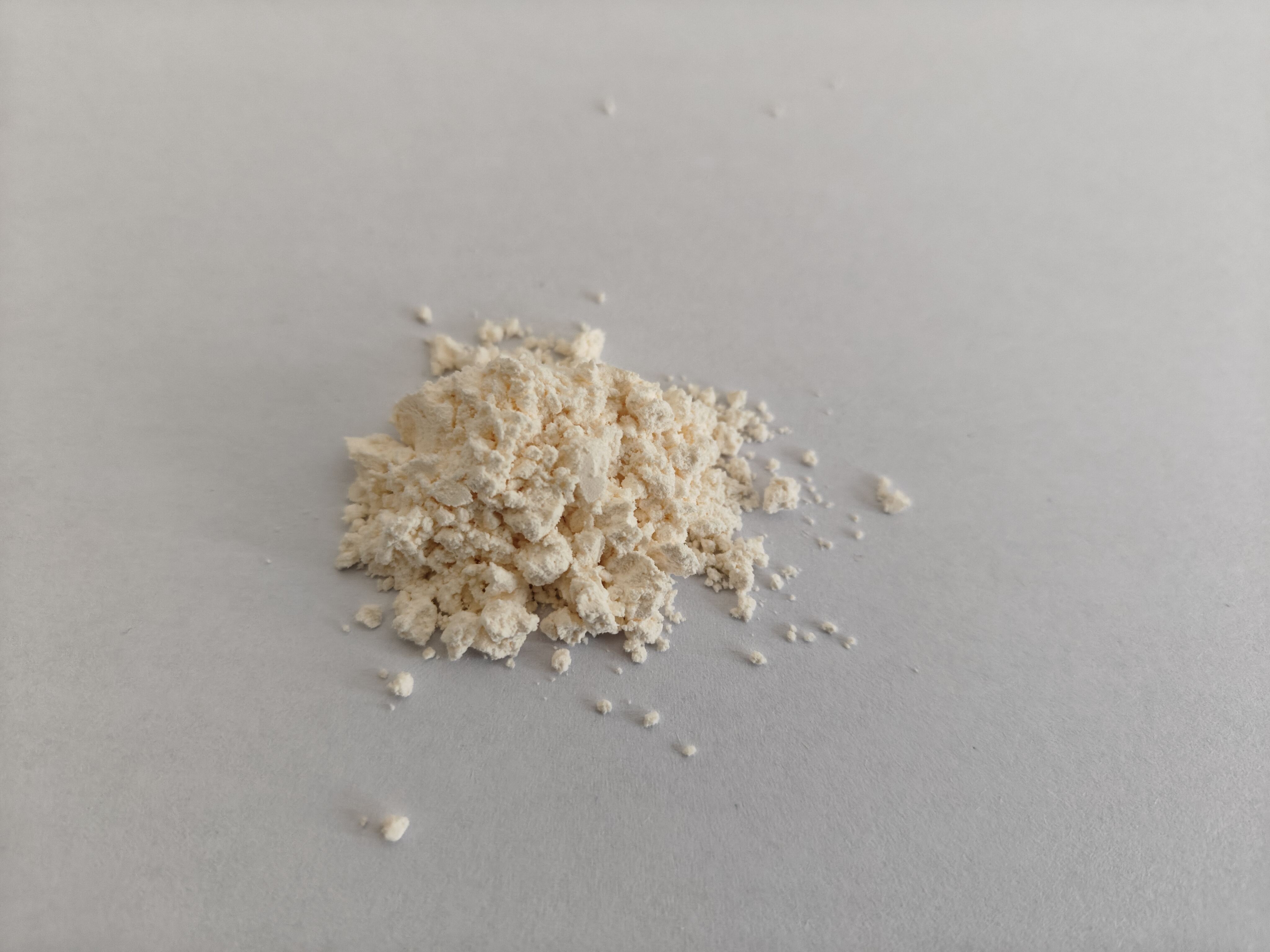hoitoratkaisu käyttäytyminen
Kärmityskäytäntö on materiaalitieteen ja -valmistuksen kriittinen prosessi, jossa nestemäinen tai puolikiinteä aine muuttuu kemiallisten reaktioiden avulla kovettuneeksi, vakaaksi tilaksi. Tämä monimutkainen prosessi sisältää erilaisia mekanismeja, kuten polymeerien ristiinkytketystä, kiteytystä ja kemiallista sitoutumista, jotka yhdessä määrittävät materiaalin lopulliset ominaisuudet. Prosessi on monen keskeisen vaiheen ominaisuus: aloitus, leviäminen ja päättyminen, joista kukin on tärkeä haluamien aineiden ominaisuuksien saavuttamisessa. Nykyaikaisiin kuorimisjärjestelmiin sisältyy kehittyneitä seurantakäyttöjärjestelmiä, jotka seuraavat lämpötilaa, painetta ja kemiallista kehitystä reaaliajassa ja takaavat optimaaliset tulokset. Sovellukset ulottuvat useisiin toimialoihin, lentokoneiden ja autojen valmistuksesta rakennus- ja elektroniikkaan. Prosessi on erityisen tärkeä komposiittimateriaaleissa, joissa tarkka kuormitusolosuhteet vaikuttavat suoraan rakenteelliseen eheyteen, kestävyyteen ja suorituskykyominaisuuksiin. Nykyaikaiset kuorimismenetelmät hyödyntävät erilaisia energialähteitä, kuten lämpöä, UV-säteilyä ja elektronisäteitä, jolloin voidaan tehdä räätälöityjä ratkaisuja tiettyihin materiaalivaatimuksiin. Käyttäytymiseen kuuluvat myös kuumuuden jälkeiset ilmiöt, jotka voivat vaikuttaa merkittävästi lopullisiin materiaaliominaisuuksiin ja pitkäaikaiseen vakauteen.

